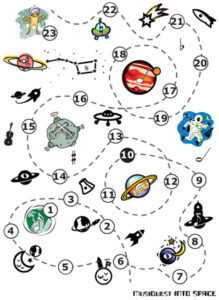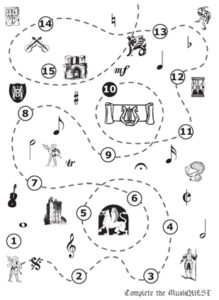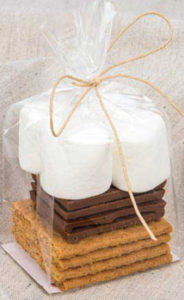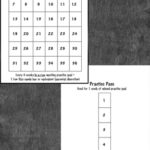The following post contains some affiliate links.
Cut to the Coda: The method book comparison chart printable!
Method books for music readers
I teach young beginner violin students to read music from the start. I use method book series to teach concepts in a logical sequence, but have yet to find “the perfect” method book that exactly matches my preferred teaching progression.
Most published violin method books in the U.S.A. were written for elementary-age mixed-instrument school music classes. So sometimes the sequence for violin students delays the introduction of the E-string notes (Essential Elements Book 1), because the cello and viola students in the class don’t have an E string. Some books advance more quickly than others, with fewer pages and examples between introductions of new concepts. Some Level 1 books leave out skills that other Level 1 books cover, like low second finger. All seem to be written for group instead of individual instruction. And most haven’t been updated for 20 years or more. Witness “String Builder,” unchanged since the 1960’s and the book used in my 3rd grade orchestra class!






 My second incentive program theme is literally Out Of This World! You could also call it Space, The Final Frontier; Into Space; or even Blast Off! I get ideas for my incentive programs from the variety of economy-priced awards I can purchase from
My second incentive program theme is literally Out Of This World! You could also call it Space, The Final Frontier; Into Space; or even Blast Off! I get ideas for my incentive programs from the variety of economy-priced awards I can purchase from 
 The first
The first  A Do-It-Yourself S’mores Kit is my “teacher’s choice” award for my best practicers at the year-end recital.
A Do-It-Yourself S’mores Kit is my “teacher’s choice” award for my best practicers at the year-end recital. Students who met their
Students who met their  I top it off with a punny label like this one. Here’s a
I top it off with a punny label like this one. Here’s a  What teacher doesn’t have the dream that their students will practice, improve and perform simply for the feeling of accomplishment? Since I became a parent before I became a teacher, I already had cold water dashed on this idea! From the get-go, I’ve put my creative juices to work, constantly inventing new rewards to motivate my students. Some of them are given out weekly, some about once a month, some “as earned” (maybe a couple times a year if the student works hard), and some just once a year, at the year-end
What teacher doesn’t have the dream that their students will practice, improve and perform simply for the feeling of accomplishment? Since I became a parent before I became a teacher, I already had cold water dashed on this idea! From the get-go, I’ve put my creative juices to work, constantly inventing new rewards to motivate my students. Some of them are given out weekly, some about once a month, some “as earned” (maybe a couple times a year if the student works hard), and some just once a year, at the year-end